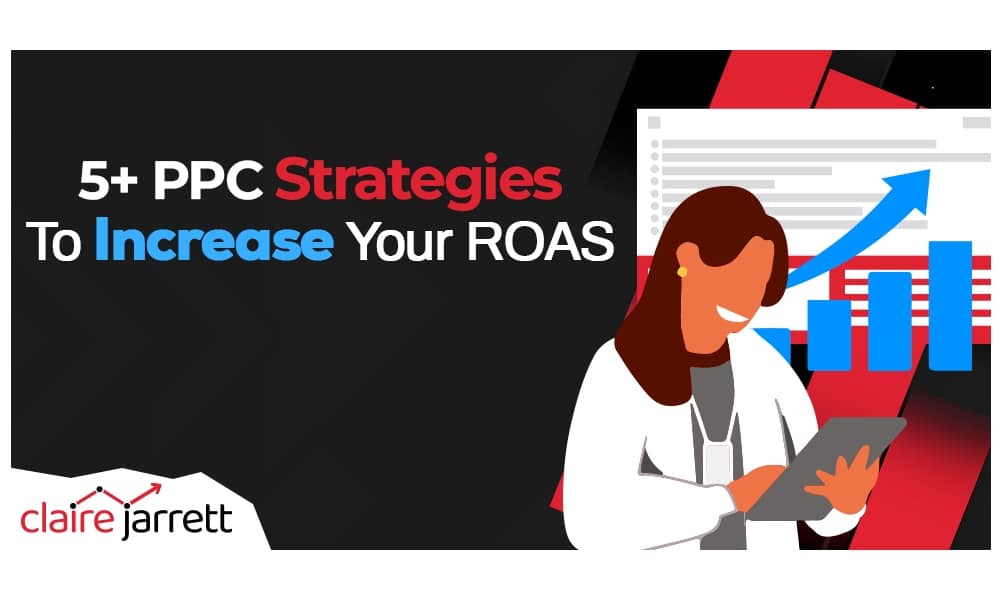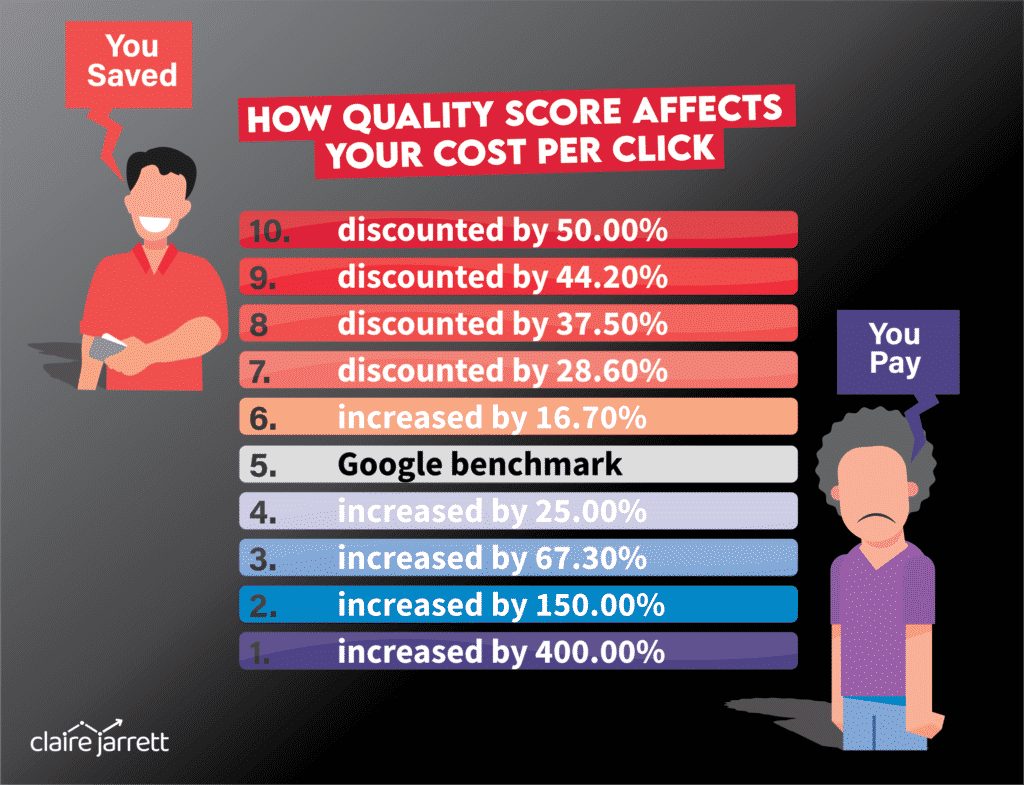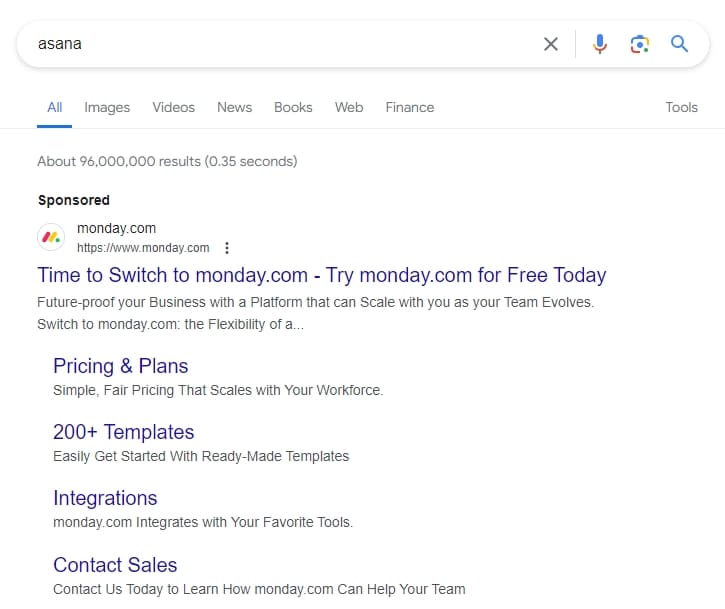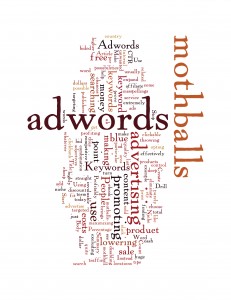5+ PPC Strategies to Increase Your Google Ads ROAS

Last Updated on: 31st January 2025, 05:05 pm
Once you’ve made your campaigns profitable, it feels like this is it – you’ve made it. But you’re just starting – now is the time to talk about increasing your Google Ads ROAS (Return on Ad Spend).
The 6 PPC strategies that I’m about to show you have helped my clients successfully increase their ROAS. As a prerequisite, I’m presuming you’re tracking your conversions (that’ll help with bid optimisation) and have Google Ads campaigns you can learn from.
Now, if you’re ready, let’s dive in!
1. Increase Your Quality Score to Decrease Your CPC and Increase Your Google Ads ROAS
While the cost per click for Google Ads mainly depends on your industry competition, there are some things you can do to improve your ads and achieve significant cost savings.

The goal is to make your ads more relevant, which includes tackling the following:
- Increase your PPC ROAS by setting up dedicated ads – Instead of targeting multiple keywords with the same ad, set up ads for specific keywords (or closely related keyword groups) with highly relevant ad copy and landing pages. For example, if you’re a therapist advertising talk therapy and cognitive-behavioural therapy, you’d have separate ads and landing pages for each.
- Optimise your landing pages – Making sure your landing pages match and reinforce the searcher’s intent and offer a clear call-to-action is one of the simplest ways to optimise your Google Ads.
- Increase your CTR with polished ad copy – Speak to the prospect’s pain points, include Google Ads assets and Google Ads callouts to add more information (e.g., sitelink, call, and Google Ads lead form extensions) to your ad body, and provide engaging RSA variants.
And the list goes on! Take a look at my complete guide to increasing your Quality Score in Google Ads to make every penny in your budget go further.
2. Optimise Your Google Ads Budget for Your Ideal Acquisition Cost
Again, yes – CPC often depends on your industry standard. But the mistake I often see beginners make is throwing money at the problem (i.e., ROI and ROAS), hoping that’ll fix it.
When you shift your thinking to considering how much you’re prepared to pay to acquire your ideal customers, you discover new campaign types, better ways of phrasing your value proposition, and stronger campaign plans.
Firstly, look at your campaigns and historical CAC. Look for patterns in high-converting keywords, ads, or audience segments. Then, calculate your ideal CAC.
For example, suppose you’re advertising an eCommerce store selling sports equipment. Your desired profit per customer is £150, and your historical data reveals that certain keywords related to “high-quality tennis rackets” have typically generated a ROAS of 600%.
Your ideal CAC would be £150 / 0.06 (for a 6% conversion rate) = £2500.
Knowing this, you’d allocate a larger portion of your Google Ads budget to campaigns or ad groups targeting those high-performing keywords.
Then, you set a Target ROAS bidding strategy of 600% for these campaigns. With this bidding strategy, Google will automatically optimise your bids to maximise conversions with ROAS as close as possible to your target figure.
3. Add Competitor and Personal Brand Keywords to Your Strategy
It’s incredible how few advertisers use branded keywords – whether their own or competitors’. It’s practically free SERP real estate; the costs for those keywords are lower, and you can capture leads in the decision stage.
The next time you perform keyword research, look at the keywords searchers use to find your website organically. Then, repeat the process for your competitors’ websites.

For example, if you’re advertising a project management tool and you offer better time tracking than your competitor, you could bid on that keyword: “Competitor XYZ time tracking.”
Similarly, you could bid on keywords comparing you and the competitors, “the best product in category” keywords, and so on.
You can read my complete guide on targeting branded keywords right here!
4. Remarketing Significantly Increases Your Google AdWords ROAS
If you’re not reaching out to people who have already interacted with your business, you’re missing out. Using your previous Google Ads campaigns or first-party CRM data, you can upload the right customer segments and create PPC campaigns reminding them of your offer.
Some of my favourite Google Ads remarketing strategies include the following:
- Segment your users based on their interactions with your website or brand.
- Sequential remarketing, where you create a sequence of different reminders to remind them of your offer at distinct purchase journey stages.
There are plenty more strategies to test when using remarketing (retargeting) to increase your Google Ads ROAS, but I cover the best ones in my guide to Google Ads retargeting.
5. Choose Your Bidding Strategy Wisely
Again, I’m presuming you’ve enabled conversion tracking. If you haven’t, make that your first order of business. You need to understand where your best leads come from to optimise your bids.
For example, you might increase your bids for the keywords that deliver the highest-value prospects.
Or you might change your strategy to Target CPA (Cost Per Acquisition) or Target ROAS. Both allow Google to optimise your placements and bids, so you reach your targets whenever possible. If applicable, consider using enhanced conversions, too. They’re advanced strategies and need a tight data framework, but when implemented correctly, they can significantly boost your ROAS.
Learn more about the best bidding strategies and attribution models for Google Ads.
6. Add Conversion Rate Optimisation Strategies to Your Google Ads Playbook
When you want to increase your Google Ads ROAS, tap into more aspects than just your advertising account. In fact, you should start thinking about CRO or conversion rate optimisation:
- Optimise your landing pages for conversions – Are your landing pages pulling their weight? Audit them for gaps, from testimonials and answers to frequently asked questions to user experience. Every aspect should drive conversions.
- Ad copy – Are you using additional elements like ad extensions to make your ads more prominent? Does your copy highlight what makes your business different from your competitors? Is there a CTA?
- A/B testing – Have you tested different aspects of your Google Ads experience? For example, you could A/B test the copy, parts of your landing page, and anything else that affects the conversions you get from your ads.
- Use Google Ads audience layering to combine keywords with audience segments meeting your interest criteria. For example, if you’re advertising a high-tech product, it makes sense to target segments defined as “High-end PC users.”

If you have a leaky funnel, high-quality leads will slip through. So don’t just think about increasing your Google Ads ROAS in terms of your campaigns. Consider everything that affects the ultimate conversion rate.
Leave No Stone Unturned!
Adding more money isn’t always the solution. If you want to do it like a true PPC professional, you’ll need to consider the Quality Score, your acquisition costs, intelligent tactics like remarketing and bidding on competitor brand keywords, advanced bidding strategies, and conversion rate optimisation.
At the end of the day, you won’t have to spend more to earn more. And that’s the real magic of Google Ads!
If you’d like to learn more about launching profitable Google Ads campaigns, get your copy of my best-selling book. Or contact me for a personalised consultation!





